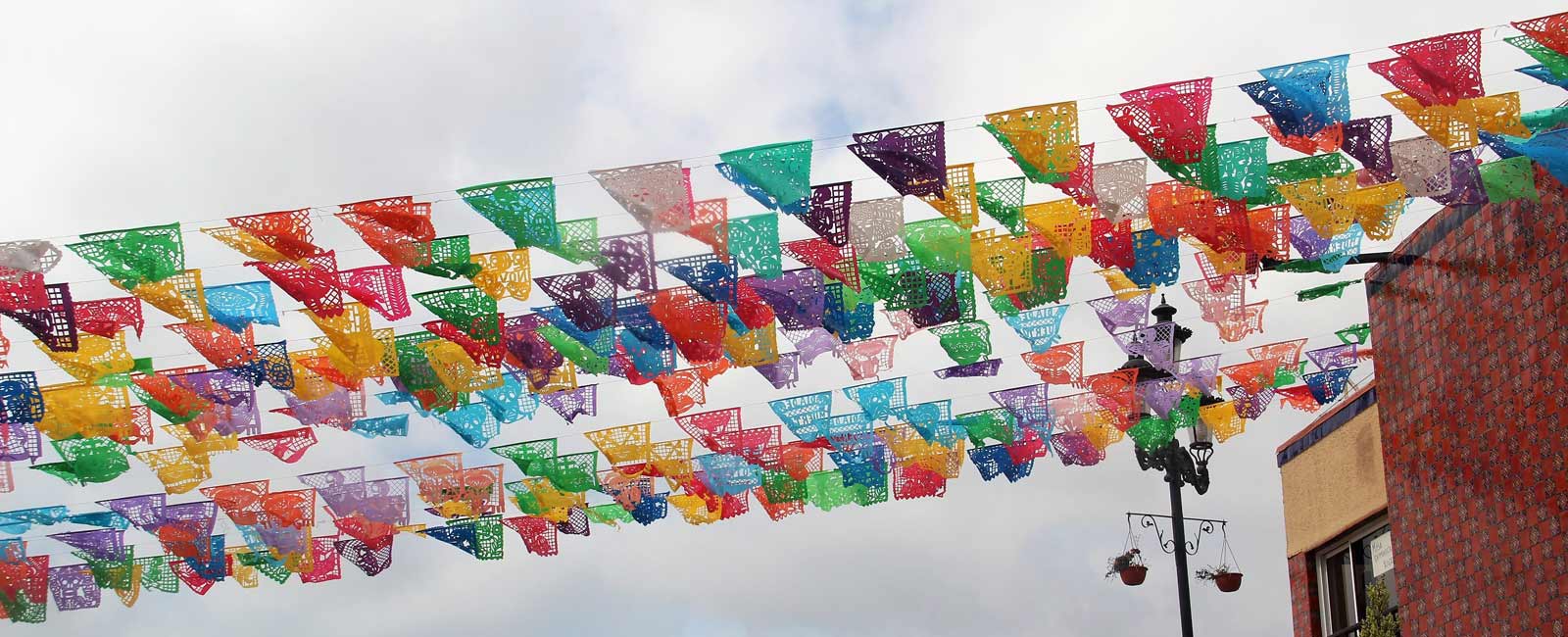Saturday, July 6, 2013
Learning Lessons from Cambodia for a Better World
“Life imitates art far more than art imitates life.” – Oscar Wilde.
Art is undoubtedly the most subtle way of understanding life, world and most importantly, the self. Art is the phenomenal tool that easily unearths the different layers of inhibitions that bind people and help in breaking down the shackles that restrict men on the basis of culture, religion, region and color. Art is the best teacher as it allows the learners to think beyond the realms of hatred with which their minds have been impregnated from centuries of never-ending wars.
War has weakened up the very moral fabric of the society. The gruesome atrocities, hedonistic acts of sadisms, and the millions of lost and bruised souls have dwarfed humanity. It is our responsibility as teachers to inspire the young minds by channelizing their energies to more productive facets of arts so that they have something positive to think about.
Imagine schools all over the US initiate educational travel programs to visit the nations that have seen the horrors of wars. Here art can play a huge role in healing, while at the same time creating bonds between different cultures, sowing seeds of friendship and mutual respect, love and acceptance.
The horrors of Khmer Rouge can still be seen in Cambodia. Before the Khmer Rouge, Cambodia was known as the arts and culture capital of the South East Asia. The country which boasted of a diverse and abundant arts and culture, suffered greatly at the hands of the Khmer Rouge. The Khmer Rouge regime from 1975-1979 had devastating impact on the art as artists were targeted as threats and exterminated. What followed is a chaotic society where nearly 2 million skilled artisans in Cambodia were either executed, or died due to overwork and starvation.
The advocates of the radical Marxist ideology, Khmer Rouge planned to convert Cambodia into a classless society where there were no distinctions between the rich and the poor and no exploitation. In order to bring about the change, the Khmer Rouge evacuated millions of citizens and forced them into agriculture. They abolished the money and private property, schools, arts, and communications were all banished. People were not allowed to hold discussions publicly and artists were not allowed to pursue any type of art. The country suffered highly and almost became a monarchy with agriculture as the main profession.
The hardships done by the Khmer Rouge in Cambodia are still etched on the soul of the nation. To offer a ray of hope to the millions of Cambodians, Arn Chorn-Pond, one of the sufferers during the rule of the Khmer Rouge, started the Cambodia Living Arts program. The main agenda of the Cambodia Living Arts (CLA) program is to revive the lost art and traditions, which was once the trademark of the country and its rich culture. Today, the CLA in collaboration with various non-profit organizations is the beacon of hope to inspire people to leave behind the hardships of the Khmer Rouge and evolve once again as the nation that was a shining star in the field of arts and culture.
Cambodia still remains one of the most valuable cultural learning lessons for the children. There are myriad lessons which are imprinted in the Cambodian art and culture that we teachers can teach our students. Educational travel tours to Cambodia, akin to those offered by Peace Works Travel can bridge a gap between the cultures and instill the students to honor other cultures and especially those which have been subdued for so long. Foreign exchange programs for high school students can help in constructing ideologies to challenge the messengers of dictatorship so that we do not have another Khmer Rouge anywhere in the world.
Photo Credit: http://www.cambodianlivingarts.org/
education travel programs,education travel tours

